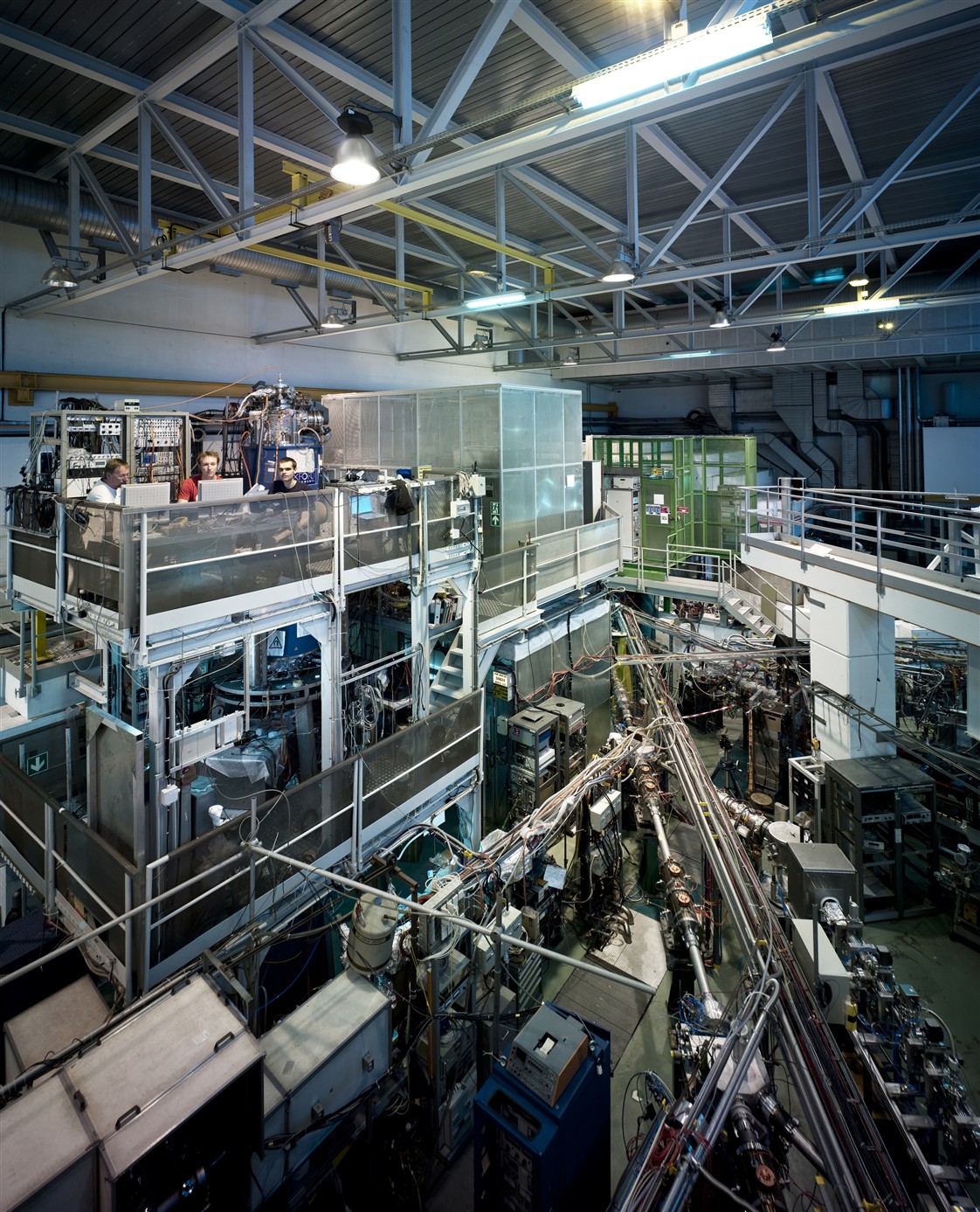Breaking the ground for HIE-ISOLDE
Have you noticed that Building 135 has disappeared from the Meyrin site? The old hangar used by the transport service – now located on the Prévessin site – has been removed to make room for the civil engineering work for the High Intensity and Energy ISOLDE (HIE-ISOLDE) installations. The work began at the end of August and it will not be long before new buildings start to appear in the ISOLDE premises.
HIE-ISOLDE is a major upgrade, which will make the 44-year-old ISOLDE an internationally unique facility capable of accelerating heavy radioactive elements like no other. This important feature will allow the large ISOLDE scientific community to set up new experiments and explore the nuclear structure over the entire nuclear chart.
A new superconducting linear accelerator, new beam lines and improved targets will replace the current installations. The cost of the upgrade is estimated at around 36 million Swiss francs. It will be shared equally between CERN, which will build the infrastructure and main services, and the participating external institutes, which will finance the equipment. “ISOLDE will morph into HIE-ISOLDE in several stages,” explains Yacine Kadi, HIE-ISOLDE project leader. “We have planned the work in such a way as to minimize the disturbance to the experiments.”
The new electrical systems and the cooling and ventilation installations will be housed in new buildings that should be completed by mid-2012. “We will then take advantage of the long shutdown of the machines to install the first modules of the new superconducting accelerator. This configuration should deliver the first beams at 5.5 MeV per nucleon by the autumn of 2014. Higher-energy beams – up to 10 MeV per nucleon – should be available to users by April 2016,” says Erwin Siesling from the BE Department, who is co-ordinating the installation.
Thanks to the very tight and carefully planned schedule, the various experiments currently receiving beams from ISOLDE will not suffer much from the upgrade work as there will be only a very small reduction in their beam time. “We are looking forward to the new facility,” confirms Yorick Blumenfeld, spokesperson of the ISOLDE Collaboration. “HIE-ISOLDE will provide users with the world’s largest variety of isotopes. The new beam lines will provide beams at higher energy and intensity. This will open up new ways to exploit the facility, which will become an unprecedented tool for nuclear physicists.”
The details of the HIE-ISOLDE installation can be viewed on the slide show:


